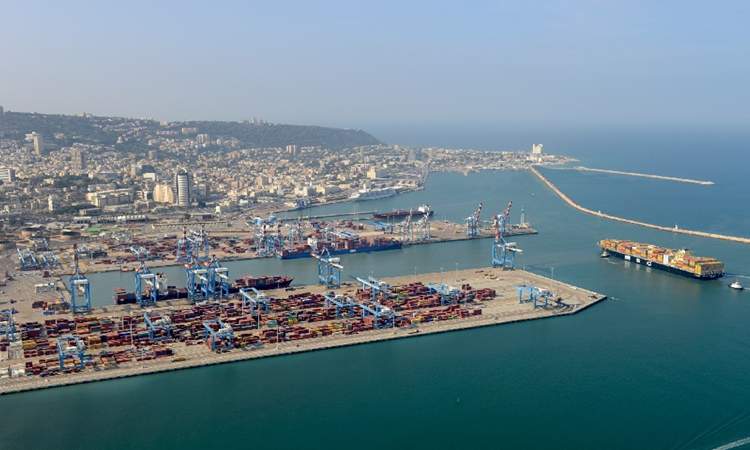SANAA, May 21 (YPA) – In support of Gaza, Sanaa forces have announced a decision to ban maritime navigation to the Israel port of Haifa in the occupied territories of Palestine.
The Port of Haifa is geographically the largest of the occupation’s ports, overlooking the Mediterranean Sea. It is therefore the most important part of the Zionist economy, due to its significant role in import and export activities, in addition to its proximity to European and Mediterranean markets.
According to Israeli data, millions of tons of goods annually pass through the port, handling more than 35% of Israel’s import and export volume.
Militarily, the port houses most of the warships, including the Batyam logistics support ship, the Sa’ar 4.5 ships, the Devora boats, the Sa’ar 6 ships, and the command building of the submarine unit known as Asheit 7.
The Sanaa forces’ threat to the port has represented a significant escalation in the regional conflict and will have multiple repercussions for the occupation, particularly economically. Any attacks on the port may increase the cost of securing ships bound for Israeli ports, raising import and export costs.
Yemeni developments versus Israeli concerns.
The development in the capabilities of Sanaa’s air force has created a state of anxiety within the occupation, fearing that the vital port and the artery of the Zionist economy could be targeted. These threats, of course, aim to increase pressure on “Israel” to stop the war on Gaza and end its brutal crimes in Palestine in general.
Regarding the threats against Sanaa, and the dimensions of what could be called upcoming qualitative operations, the Hebrew newspapers covered the recent escalation with great concern, given the strategic and economic importance of the city, with a focus on the security, economic and psychological repercussions of these threats.
“Haifa residents feel as if they are sitting on a barrel of explosives, due to fears that the port and nearby industrial facilities, such as petrochemical plants and oil refineries containing hazardous materials, could be targeted, given the fragility of Israel’s air defenses,” Haaretz reported.
For its part, Calcalist reported that Houthi missiles, thanks to their maneuverable warheads, have successfully struck targets inside “Israel”, including northern areas such as Haifa, which will cause economic damage similar to what happened to the port of Eilat.
The Mako news website explained that the port’s reception of a ballistic missile from Yemen would cause significant economic damage, as would Ben Gurion Airport. The website noted that the threat to Haifa reflected a strategic shift by Sanaa to target northern areas instead of the south or center, thus expanding the scope of the threat.
The website described the political leadership in Tel Aviv as shocked by the development of Sanaa missiles, especially after an advanced missile struck a military base in Haifa in April 2025.
Yemen’s escalation against the strategic port of Haifa is a remarkable step aimed at pressuring the occupation to end the war and lift the siege on the Gaza Strip.
According to analysts, Yemen has thus moved to a new phase by closing one of the most prominent economic arteries in occupied Palestine and the so-called “Israeli gateway to the world.”
AA


